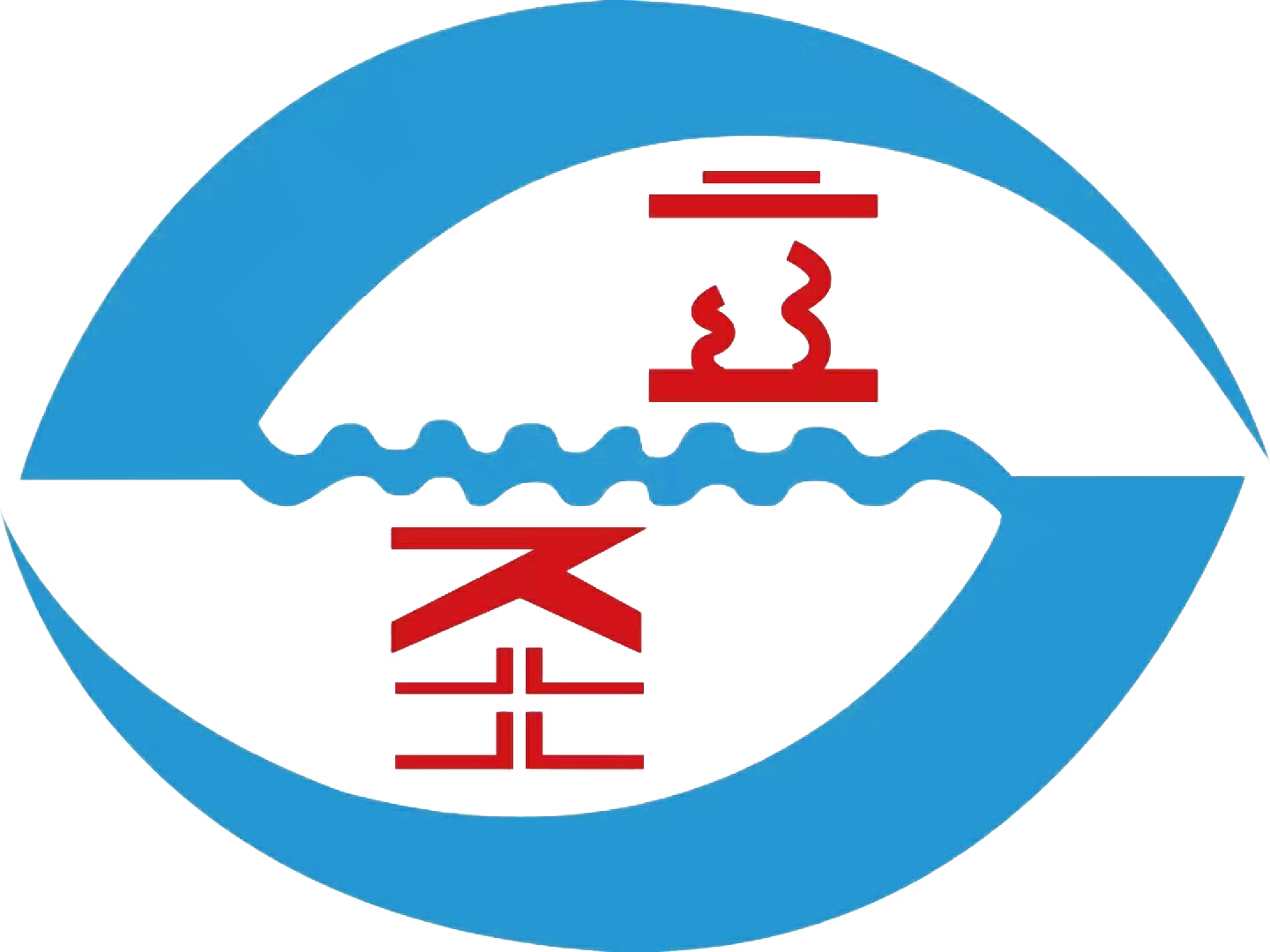Engines have valves and springs. They enable the engine to operate well. Read on to learn how valves and springs work, their purpose, and how we maintain, modify, and improve them in engines.
Valves and springs are the gatekeepers of an engine. Valves control the air and fuel that enter the engine’s cylinders. The valves are held in the correct position by springs and they open and close at the correct times. The engine wouldn't work right without valves and springs.
Valves are typically metallic and relatively flat-shapes. Them is being connected to a rod known as a valve stem which rises and falls to open and close the valve. These springs, which are made of hard metal, are coiled in a spiral design. They press down to hold the valve shut and allow it to open when necessary.
You must maintain valves and springs to function as intended. That involves looking for any signs of damage, ensuring they are lubricated, and adjusting them where applicable. Valves and springs are of utmost importance when trying to prevent any issues that could reduce engine longevity.
Engine performance can suffer at times from valves and springs. Common issues are valves sticking, springs weakening or leaks. If you notice any of these issues, it is crucial to have them addressed as soon as possible to avoid further damage to the engine.
At the trail is the interesting part; they can offer you a more potent zigzag spring. Performance valves allow more air into the engine, and performance springs are stiffer. We can do mods to increase horsepower and efficiency.

Copyright © Ningbo Jiangbei Lisheng Spring Co., Ltd. All Rights Reserved | Privacy Policy | Blog